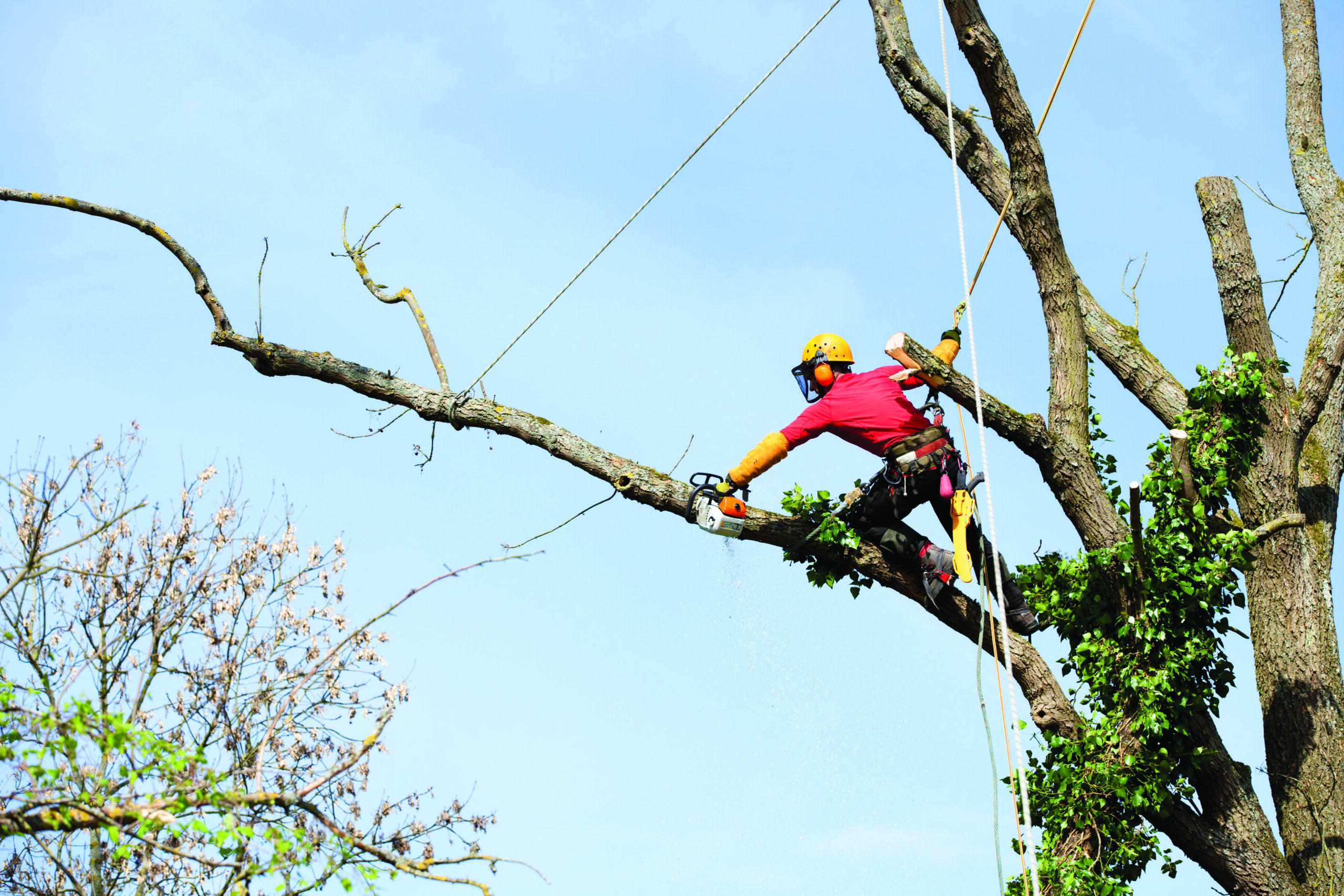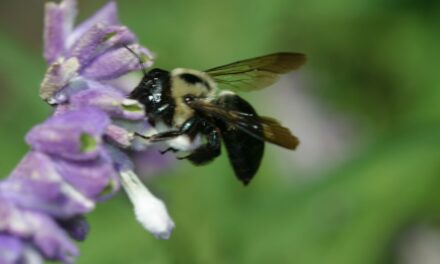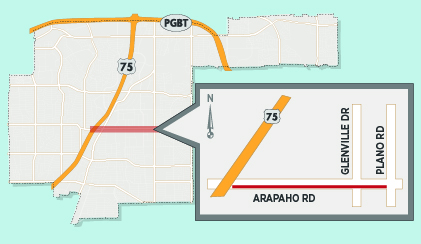
Area Trees Weather Multiple Storms in 2021
The majority of trees have survived and bounced back after the area storms of early 2021, but many sustained damage. According to the National Weather Service, the temperature was below freezing in the Dallas-Fort Worth area for 232 hours between Feb. 9 and 17. On Feb. 16, Richardson broke a daily record held for more than 100 years when temperatures dipped down to –2 degrees. Layers of snow and ice coated tree branches for days, putting them at risk for snapping.
Forceful rain and hail events followed in March, April and May, testing the strength of trees from saplings to mature. Now, with warmer temperatures and calmer skies, City Parks and Recreation Department crews are continuing to determine the trees that were harmed or destroyed.
“The spring storms caused some damage and we even had some trees blow over,” Shohn Rodgers, SuperSummertime is the perfect time for a sprinkler system maintenance runthrough. Even if sprinkler systems are automatic, their maintenance isn’t. Shohn Rodgers, City Superintendent of Parks, said the City completes a trial run on park sprinklers after turning on irrigation systems at the conclusion of each winter. intendent of Parks, said. “A dead tree can be a real cause for concern. Most of the parks’ trees made it through, but we always keep an eye out for limbs dangling.”
By this time in the summer, a lack of foliage on a tree or a large branch is a good indicator that the tree’s health should be assessed.
“Any damage from the storms should be fairly obvious if a plant hasn’t leafed out by now,” Rodgers said. “If we have a dead tree in a park, we cut it down as soon as possible.”
Dead trees become weaker as they decompose, and attract insects, bacteria and fungi. Overhanging branches and wobbly trunks become a potential danger.
Broken branches can also cause code violations when they limit visibility, impede access or create safety issues—covering a STOP sign or blocking a sidewalk for example.
The Texas A&M Agrilife Extension Office recommends pruning broken branches, being careful to avoid healthy areas of a tree, and letting the cuts seal on their own. Homeowners may wish to take a wait-and-see approach if they are unsure about specific branches or about a tree’s overall viability. A split trunk, however, is akin to a heart attack, in which the lifeline between the roots and leaves has been disrupted. Homeowners may consult a certified arborist to diagnose and treat ailing trees.
For branches or trees that homeowners must remove, residents may request pickup of the cuttings through the City’s Brush and Bulky Item Collection (BABIC). Brush, tree trunks and other green waste lying in pieces up to eight feet long and two feet in diameter are accepted.
Homeowners may call 972-744- 4111 or visit www.cor.net/babic for pickup.




